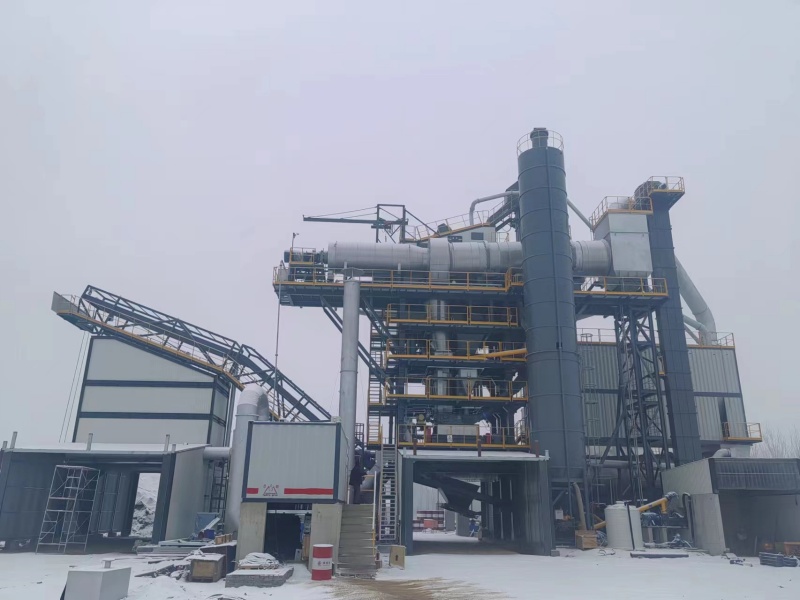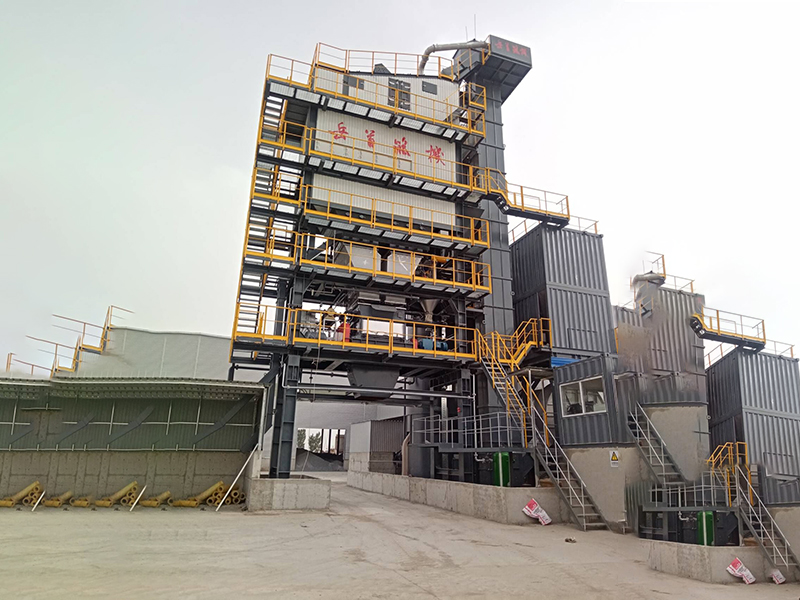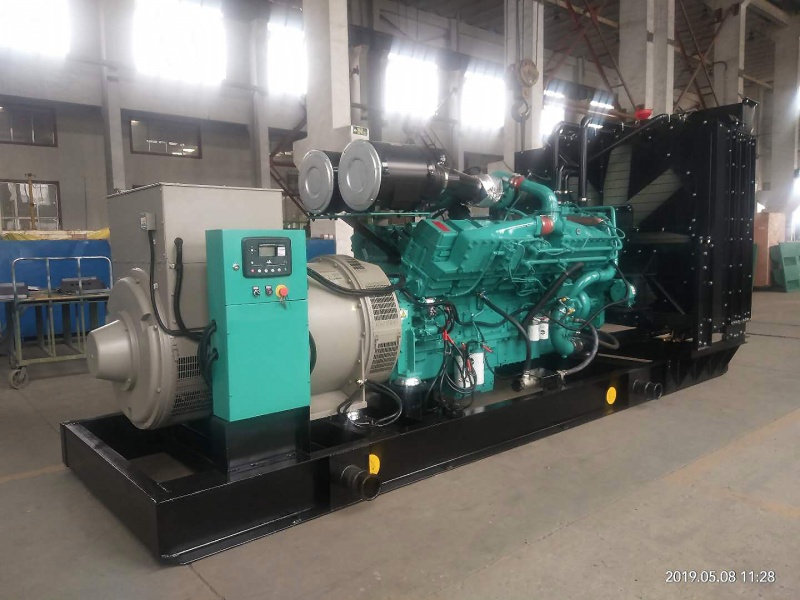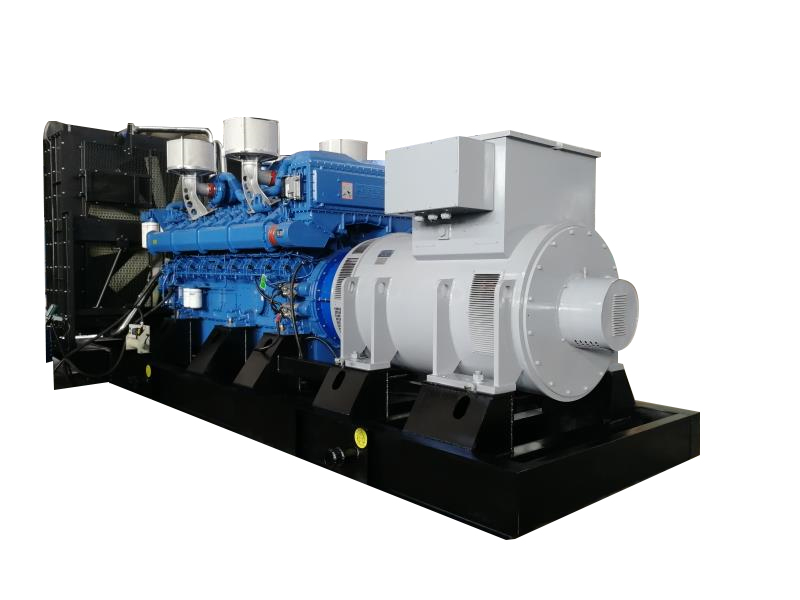China wet batch concrete plant
China Wet Batch Concrete Plant: A Comprehensive Guide
This guide provides a detailed overview of China wet batch concrete plants, covering their types, functionalities, benefits, and selection criteria. Learn about the different factors to consider when choosing a plant for your specific needs, from capacity and automation to environmental impact and cost-effectiveness. We'll also explore the leading manufacturers in China and discuss industry best practices.
Understanding Wet Batch Concrete Plants
What is a Wet Batch Concrete Plant?
A China wet batch concrete plant is a type of concrete mixing plant where all the ingredients (cement, aggregates, water, and admixtures) are mixed together in a wet state before being discharged. This contrasts with dry batch plants, where dry ingredients are mixed first, and water is added later. Wet batch plants are known for their ability to produce higher-quality concrete with better homogeneity and workability. They are widely used in various construction projects, from small-scale residential buildings to large-scale infrastructure projects.
Types of Wet Batch Concrete Plants
Several types of China wet batch concrete plants exist, categorized by their capacity, automation level, and mixing technology. Common types include stationary plants (fixed location), mobile plants (easily transportable), and modular plants (prefabricated units assembled on-site). The choice depends significantly on the project's scale and duration.
Key Features and Specifications
When considering a China wet batch concrete plant, key features to evaluate include the mixing capacity (measured in cubic meters per hour), the type of mixer (e.g., twin-shaft, planetary), the level of automation (manual, semi-automatic, or fully automatic), and the inclusion of features like aggregate batching systems, cement silos, and water metering systems. The plant's environmental impact, including dust and noise control measures, should also be considered.
Choosing the Right Wet Batch Concrete Plant
Factors to Consider
Selecting the appropriate China wet batch concrete plant necessitates careful consideration of several critical factors. These include:
- Project requirements: The scale of the project, the volume of concrete needed, and the project duration significantly influence the plant's capacity and type.
- Budget constraints: The initial investment, operational costs, and maintenance expenses must be factored into the decision-making process.
- Site conditions: Space availability, accessibility, power supply, and water availability influence plant selection.
- Environmental regulations: Compliance with local environmental regulations regarding noise and dust emissions is crucial.
- Maintenance and support: The availability of spare parts and technical support from the manufacturer is essential for long-term operational efficiency.
Leading Manufacturers in China
China boasts numerous manufacturers of high-quality concrete plants. Taian Yueshou Mixing Equipment Co.,Ltd is a notable example, known for its robust and reliable wet batch plants. Researching different manufacturers and comparing their offerings is essential before making a purchase decision. Consider factors like reputation, experience, and customer reviews.
Benefits of Using a Wet Batch Concrete Plant
Improved Concrete Quality
Wet batch plants consistently produce concrete with superior homogeneity, ensuring uniform distribution of ingredients and resulting in higher strength and durability.
Increased Efficiency
Automation features in many modern plants lead to faster mixing cycles and increased overall production efficiency.
Reduced Labor Costs
Automated systems reduce the need for manual labor, leading to cost savings in the long run.
Better Environmental Control
Modern plants often incorporate dust suppression systems, minimizing environmental impact.
Maintenance and Operation of Wet Batch Concrete Plants
Regular Maintenance Schedule
Regular maintenance, including lubrication of moving parts, inspection of wear and tear, and timely replacement of components, ensures smooth operation and extends the lifespan of the plant.
Operator Training
Proper operator training is crucial to ensure efficient and safe operation of the plant.
Troubleshooting Common Issues
Understanding common problems and their solutions is vital for minimizing downtime and ensuring continuous production.
| Feature | Wet Batch Plant | Dry Batch Plant |
|---|---|---|
| Mixing Process | All ingredients mixed together in a wet state. | Dry ingredients mixed first, water added later. |
| Concrete Quality | Generally higher homogeneity and workability. | Can be less homogeneous, potentially lower workability. |
| Efficiency | Can be highly efficient with automation. | Efficiency can vary depending on design and automation. |
This guide provides a starting point for researching China wet batch concrete plants. Further research into specific manufacturers and models is recommended before making any purchasing decisions.
Related products
Related products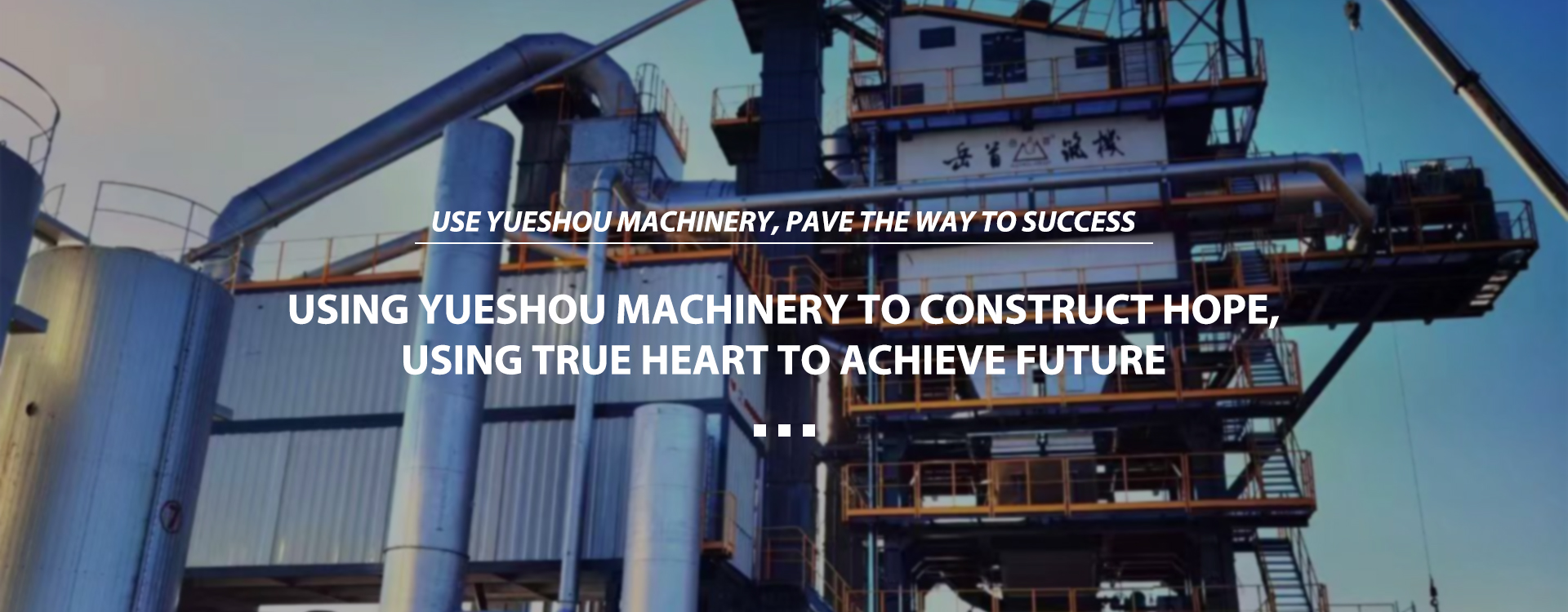
Best selling products
Best selling products-
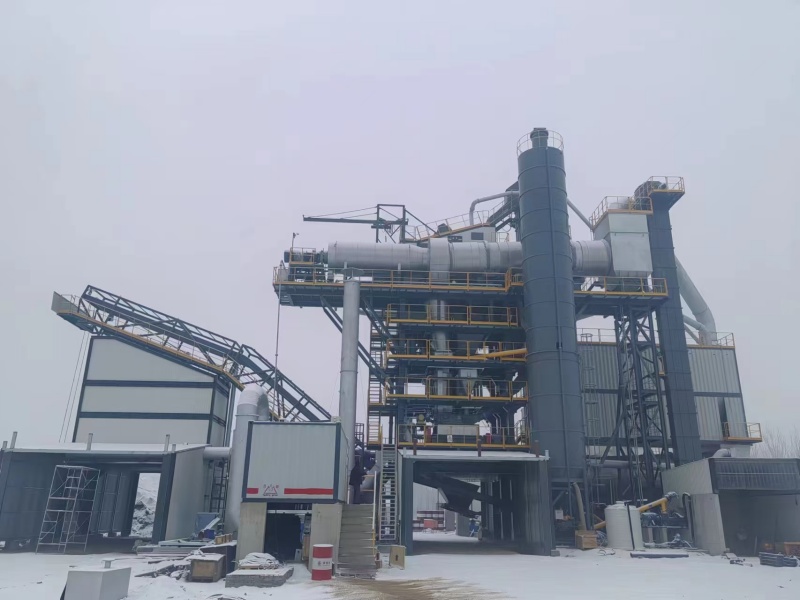 High Position Rotary Drum Type
High Position Rotary Drum Type -
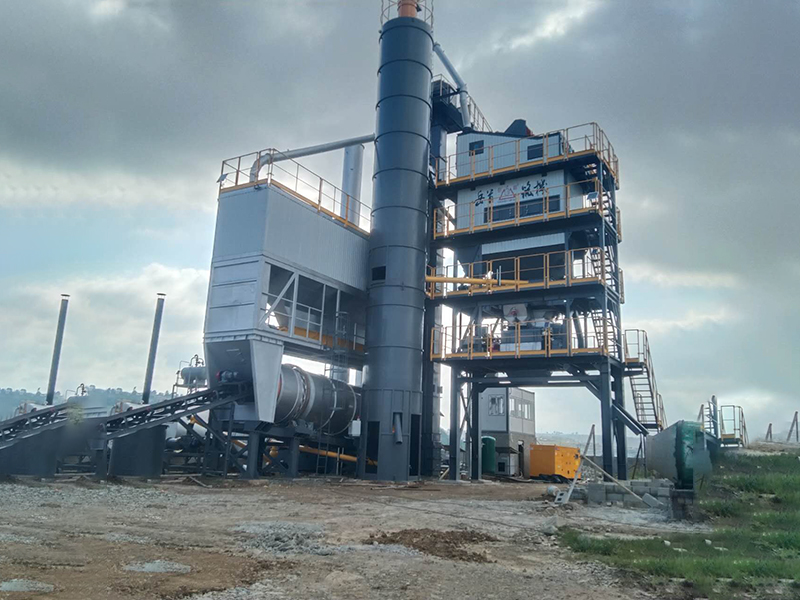 LB2000 Asphalt Mixing Plant
LB2000 Asphalt Mixing Plant -
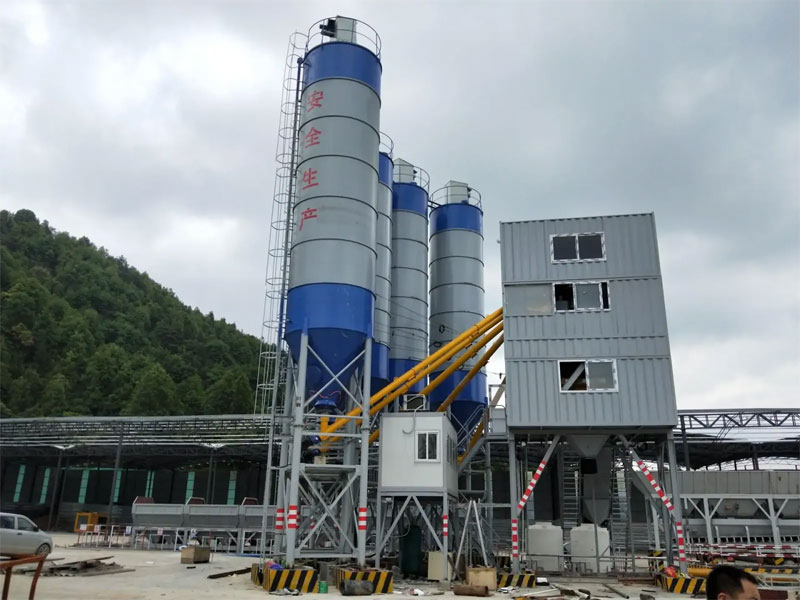 Concrete Batching Plant
Concrete Batching Plant -
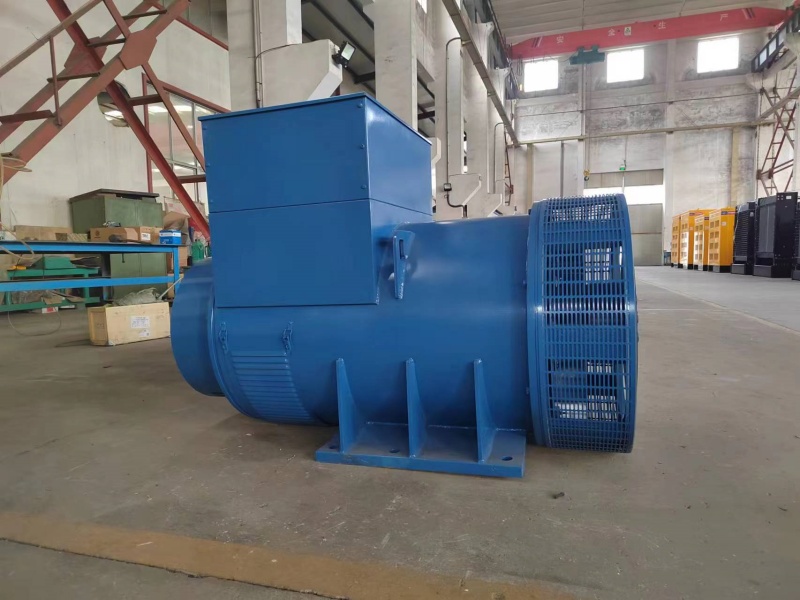 YIWANFU – Alternator
YIWANFU – Alternator -
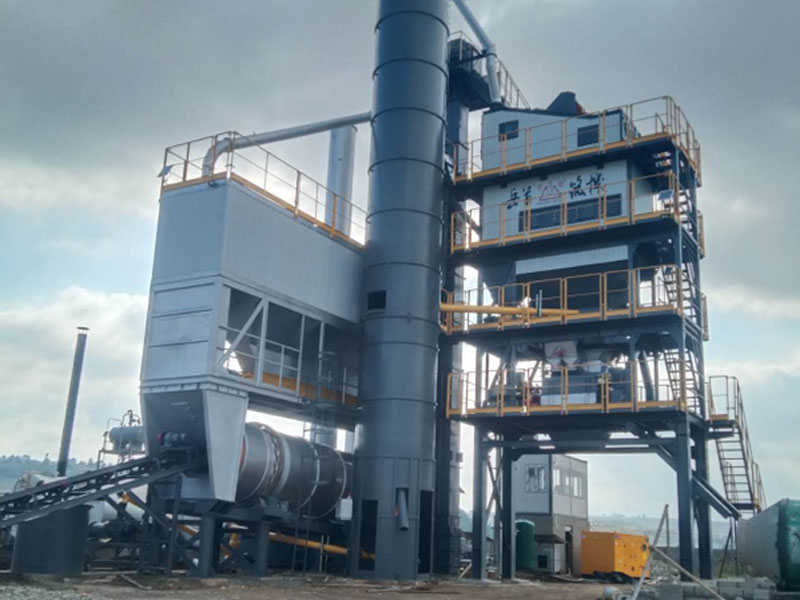 Asphalt Mixing Plant
Asphalt Mixing Plant -
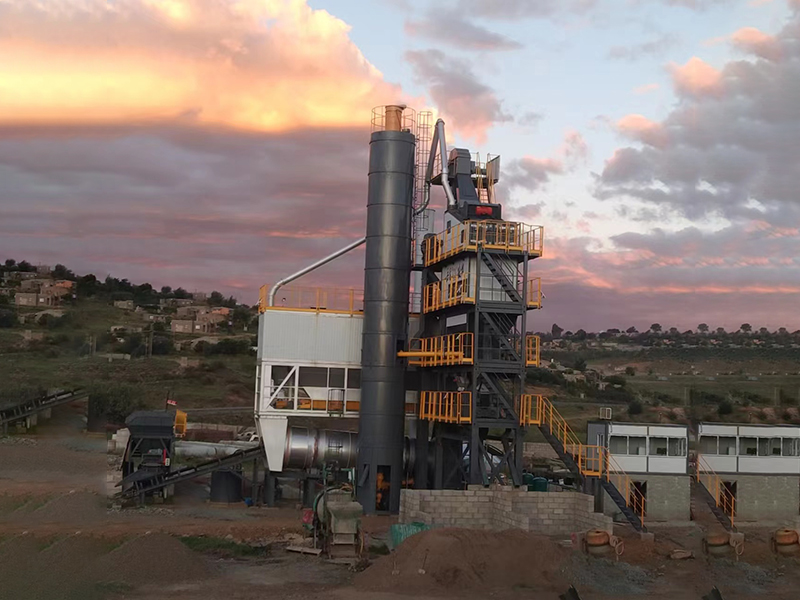 LB1500 asphalt mixing plant
LB1500 asphalt mixing plant -
 Mobile Type soil batching plant
Mobile Type soil batching plant -
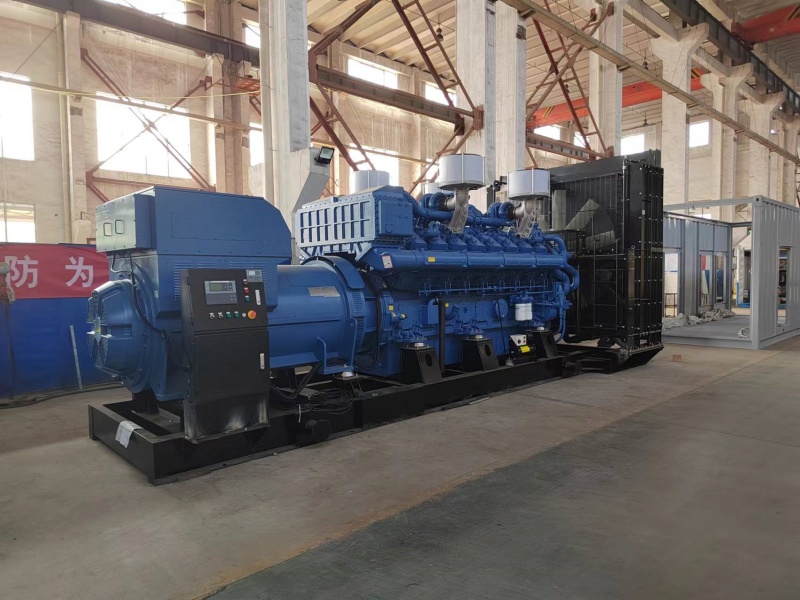 YUCHAI SERIES DIESEL GENERATOR SET
YUCHAI SERIES DIESEL GENERATOR SET -
 HZS75 Concrete mixing plant
HZS75 Concrete mixing plant -
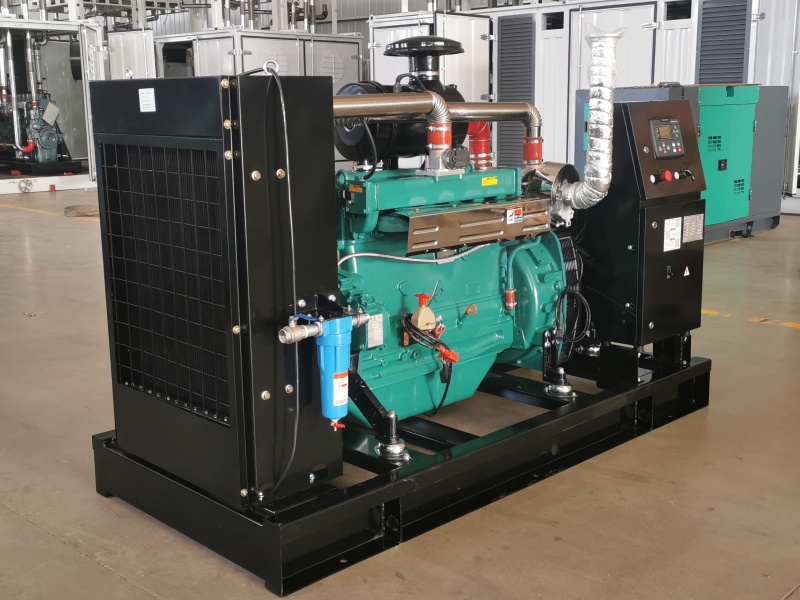 GAS TURBINE AND WATER PUMP SERIES
GAS TURBINE AND WATER PUMP SERIES -
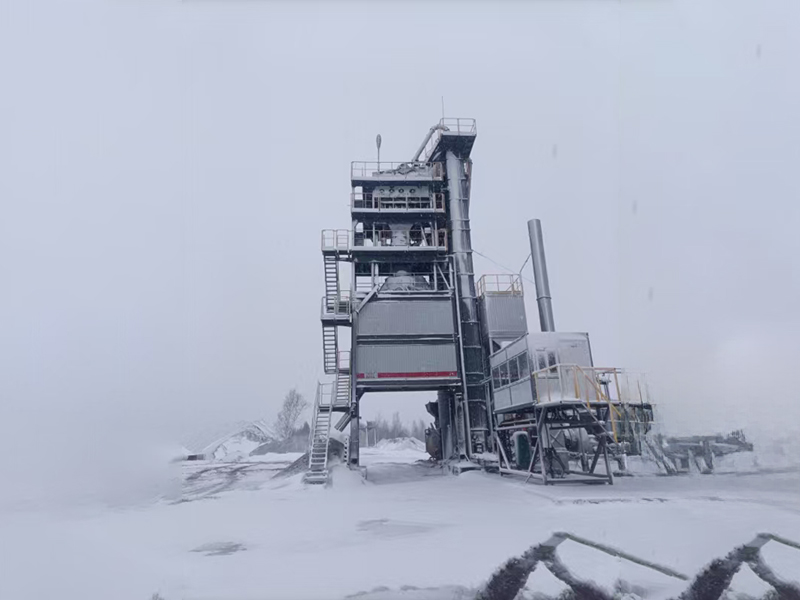 LB1000 asphalt mixing plant
LB1000 asphalt mixing plant -
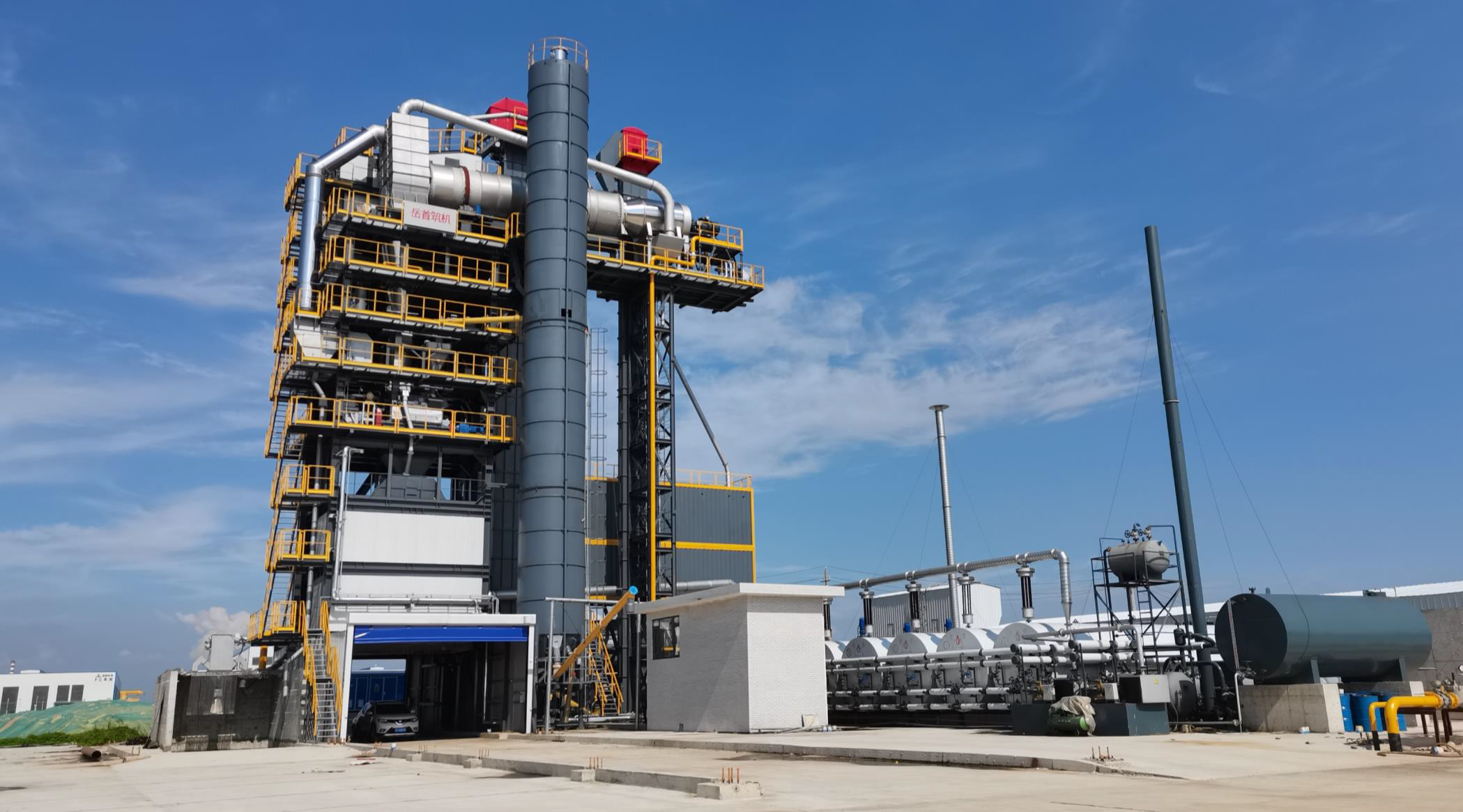 Asphalt hot recycling plant
Asphalt hot recycling plant
Related search
Related search- Cheap jt russell asphalt plant
- Discount asphalt concrete plant
- Buy universal concrete batching plant
- Buy concrete batching plant mobile
- High-Quality gencor asphalt plant Companies
- CE Certification hot mix asphalt plant near me
- High-Quality asphalt mixing plants near me Company
- High-Quality concrete plants close to me Companies
- High-Quality macons concrete batching plant Suppliers
- China cranford construction asphalt plant


